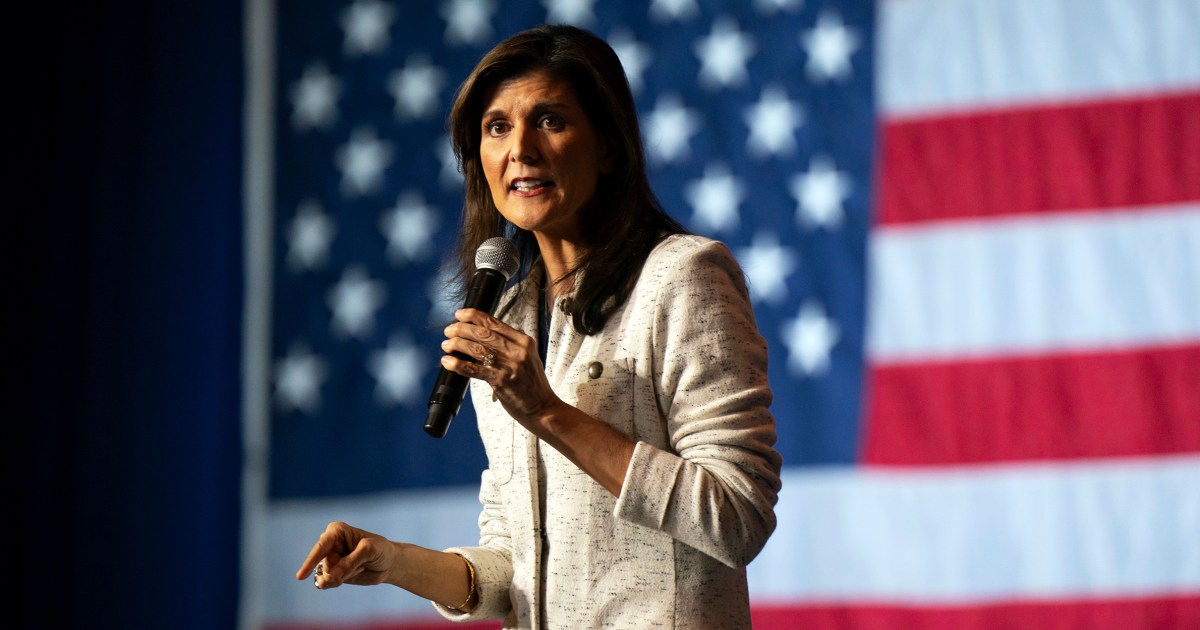I don’t think one mode of filmmaking is inherently better than another. What I care about is that there is a mode of filmmaking. No matter how subtle, even invisible-feeling a successful film’s “style” can be perceived, it’s successful because that “style” is intentional. Motivated. Crafted and cared for by its team of filmmakers, led by its director.
The Little Things, the most recent Warner Bros. movie released on HBO Max, contains no such intention, motivation, or care in its crafting. At times it slides into visual incompetence, so sloppily, carelessly, and thoughtlessly constructed are even its most basic sequences. By showing us exactly how not to put together a film, The Little Things inadvertently becomes a masterclass in how to put together a film. Just do everything the opposite of The Little Things!
I suppose I shouldn’t be surprised. The Little Things’ director, John Lee Hancock, has a filmography full of movies with a baseline of narrative and performance intrigue filmed basically at best and sloppily at worst (Saving Mr. Banks’ primary visual flaw is at least just one of treacle; The Founder’s bizarre framings and editing rhythms are a more unfortunate portent of The Little Things’ visual trippings). But I came into The Little Things with optimism. I adore the crime thriller genre, I adore Denzel Washington, and I adore when a director gets to tackle a passion project (Hancock originally wrote this about 30 years ago). Unfortunately, there’s no such passion evident within the film’s construction. Rather, it feels dashed off, rushed together, “attempted” rather than “completed.” I’m thankful Washington seems to have cared about this film, because it seems like Hancock didn’t.
Let’s be reductive and say there are two basic modes of gathering the visual information during a film shoot you need for the edit. We’ll call them “intention-based” and “coverage-based”. In an intention-based shooting plan, the filmmaking team plans only the shots they think they’ll need to put together in the final edit, without a need for extraneous footage, backup shots, or alternate angles when the team knows they only want the one angle. In a coverage-based shooting plan, the filmmaking team approaches every scene with a similar goal of casting a wide net of angles, covering every moment from different focal lengths and vantage points, without exactly knowing in that moment how they want it to cut together. The benefits and drawbacks of each method are directly inverse to each other. With intentional shooting plans, your style will inherently feel more baked in, but you might shoot yourself into a corner once you realize you need something in the edit you didn’t plan for during the shoot. With coverage-based shooting plans, you have a wide variety of options to edit the scene however you see fit, but it’s harder to establish a baked-in, organic-feeling style beyond “editorial competence.”
The Little Things feels undeniably coverage-based to me, yet it manages to avoid any of the positives earned by this strategy. In fact, it doesn’t even clear the hurdle of “editorial competence.” I can forgive continuity errors from one shot to the next if the film’s general style and narrative propulsion render such nitpicks irrelevant (Martin Scorsese and Thelma Schoonmaker are the royals of this). But to see so many so pervasive throughout The Little Things, from Rami Malek’s hand gestures and coffee cups disappearing to an initial crime scene investigation rife with magically teleporting characters, is indicative of a feature made entirely of bugs. It also feels like Hancock and his editor Robert Frazen want to show us every angle covered during the shoot or it “doesn’t count”; so many scenes feature abrupt, whiplash-inducing cuts to extreme wide angles for barely any frames before flying back into hard close-ups, without any care, consideration, or craft.
This abruptness in pace is another unmotivated, untethered constant through the film’s construction. The cutting rhythm within each scene is maddeningly quick and, as mentioned, rapidly shifting between focal lengths without any regard for orientation or purpose. Scenes that beg for any level of breath or space to hit, whether it’s Malek trying to placate a suspect-hungry press or Washington all-too-briefly reconnecting with a betrayed-feeling Michael Hyatt at her home, shuffle at warp speed between their over-wide plethora of angles before ending quickly and speeding off to the next scene, as if Hancock couldn’t bear to stay within one feeling at a time. During another crime scene investigation, the film starts cutting between this present investigation and a past investigation at the exact same location, without any sense of visual change for either timeline; combine this with the film’s insistence on hard-shifting between angles at a breakneck speed, and boy will you get confused and frustrated easily.
Is there a chance that these editorial and cinematographic choices are intentional? That Hancock, from the jump, wanted to craft this film with jarring angle shifts and speedy cutting rhythms to keep us purposefully confused and disoriented? If that is the case, it feels very unmotivated to his screenplay’s (and credit where credit’s due, a screenplay I find to be quite promising) themes and genre proclivities — and it’s an argument that makes less sense when compared to some of the scenes that do seem planned with care. Broadly, The Little Things is a procedural, character-driven crime thriller; it does not feel like a motivated choice to communicate a procedural, character-driven crime thriller, in which our primary subjects of interest are the minutiae of procedure and the emotions of our characters, with such shallow, fast, unconcerned filmmaking. More specifically, the film’s title, spoken often in the film, refers to “the little things” that get you caught, get you hung up on a case details, and get you haunted for the rest of your life. To broadly skip over such examinations of “little things” with giant leaps in visual clarity simply makes no sense; we can’t appreciate the importance of such little things when Hancock shoots it all like it’s over-generalized cliff’s notes.
And finally, it’s worth noting the scenes and moments in The Little Things that do work because they feel planned, lived in, and honored by Hancock. They all tend to take place in Washington’s dingy hotel room, where he lies on a hotel bed, staring at a corkboard of victims and leads, allowing the physicalizations of his regrets and failures to appear in front of him, haunting him. They’re covered in atypically long takes, atypically flowing camera moves, and atypically intriguing color temperatures. They’re edited together with care, with intention, with the utmost attention paid to the little things. They are, for brief, shining moments, masterclasses in how to construct a successful filmmaking sequence — almost as much as the rest of the film is the exact opposite.
The Little Things is available to stream on HBO Max until February 28. For more on The Little Things, check out Collider's own Matt Goldberg writing about why the film's ending doesn't quite work.
February 07, 2021 at 02:31AM
https://collider.com/the-little-things-director-filmmaking-explained/
The Little Things: Why the Director Did a Bad Job in Its Filmmaking - Collider.com
https://news.google.com/search?q=little&hl=en-US&gl=US&ceid=US:en


No comments:
Post a Comment